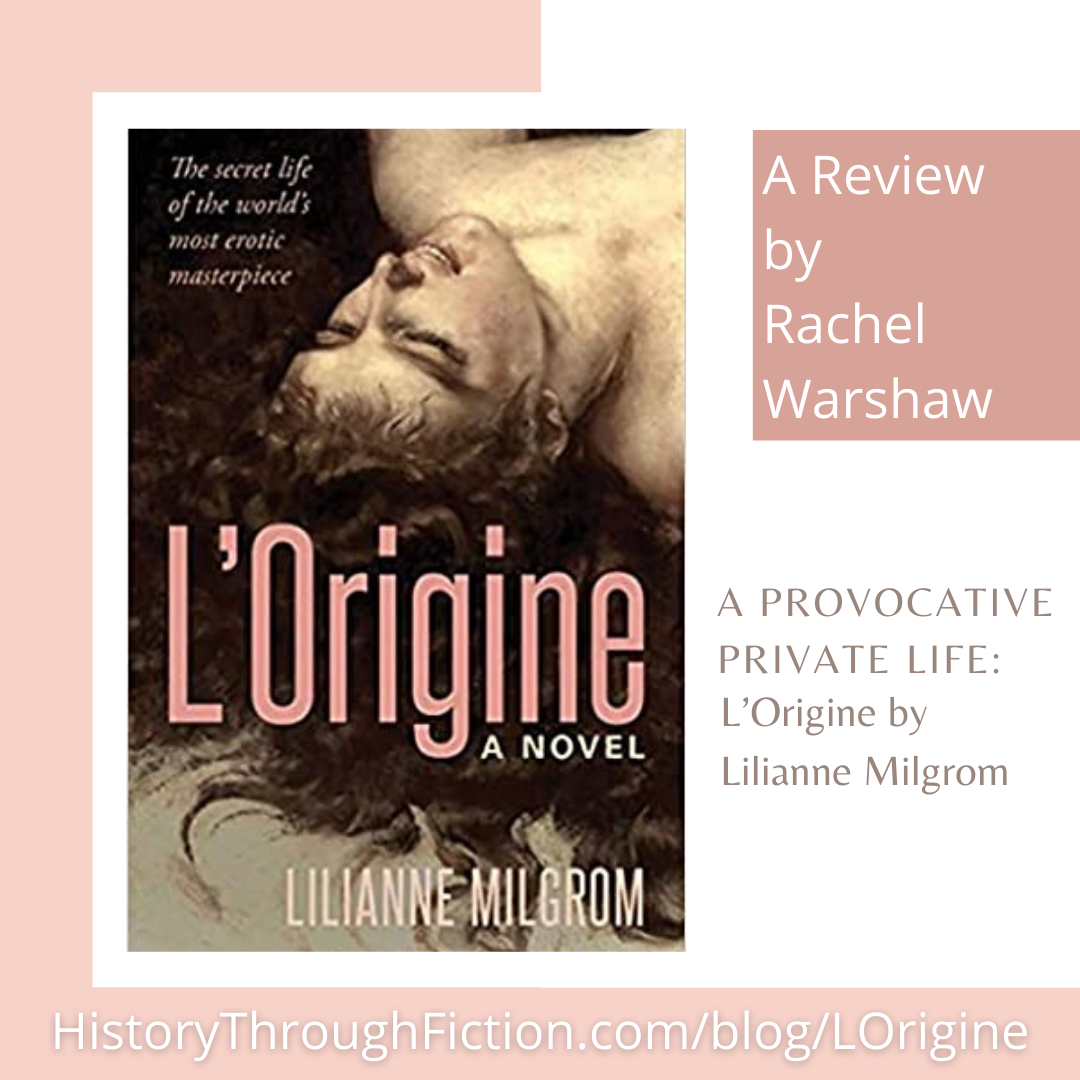
Blog

The Battle of Mohi - How the Mongols Conquered the Kingdom of Hungary
Fought on April 11, 1241, the Battle of Mohi (also known as the Battle of Sajó River) was the culmination of the Mongol attacks on the Kingdom of Hungary. Led by Batu Khan, the grandson of Genghis Khan, and commanded by Subutai, the Mongols defeated the Hungarians and quickly overran the country, burning down the city of Pest and taking control of the Hungarian plain.

The Siege of Baghdad
The caliph had refused to provide his own army with basic necessities despite their repeated requests. His wishful thinking that the Mongols would spare Baghdad as the most outstanding center of power in the Middle East had disastrous consequences.

“I felt as if I had swum to the middle of the ocean” – An Author Introduction to The Sky Worshipers
While Deemyad’s novel clearly demonstrates her skill and imagination as a creative writer, it required years of careful research to determine the facts behind her characters. The research did not come easy. At one point, Deemyad remarked to a professor that she felt as if she had swum to the middle of the ocean.

Mongol Culture and Religion: The Power of the Eternal Blue Sky
Ancient Mongolians believed that the spirit of their ancestors turned into mythical creatures, and Genghis Khan was known as the embodiment of the power of the Eternal Blue Sky. Today, the majority of the citizens of Mongolia are Buddhists (particularly Tibetan Buddhism), a religion that became widespread in that region since the sixteenth century.

Genghis Khan’s Legacy
He has been described as a genius in devising military strategy by some, a bloodthirsty warmonger by others, and even called an emancipator by some historians. There are those who see him as evil, and others who name their children after him.

A Delicate Balance – How The Sky Worshipers Weaves Fiction and History
It is a delicate balance to create an engrossing fictional story while also including real historical facts and details. But, as observed by Goodreads reviewer “B.”, F.M. Deemyad strikes that balance in her novel of Mongol Conquests, The Sky Worshipers.

Mongol Invasion of Eurasia and the Reign of the Empire
At the time of his death in 1227, when he was 69 years old, Genghis had succeeded in conquering Central Asia from Siberia to the Caspian Sea. With a heart of steel and an unbending determination, fortified through years of living in the wilderness, he subjugated great civilizations of his time.

The Problem with Plot: Reasons for Writing Character-driven History
Fiction must rely on its characters—who they are; what they do, see, and feel—to move the story forward from one plot point to another. That is what differentiates stories and makes them meaningful. That is what captures the imagination of readers and keeps them wondering what happens next.

How I Built My Novel by Nancy Burkhalter
To paint the truest picture of the times, I consulted every source I could find on Chopin, Sand, Vidocq, French and Polish history, 1840s French fashion, Camille Pleyel, the Broadwood piano factory, and more. My prize discovery was a thirty-eight-page book titled How Chopin Played (publ. 1937) buried among several larger tomes on a library shelf.


Joys and Woes of Tuning Pianos
There are machines to help tuners. But many forgo them, arguing that music is perceived, not measured. Moreover, a machine comes with an “ideal” tuning. Problem is, no piano is ideal: Each one has its own personality and quirks.


Interview with Lilianne Milgrom
Learning history teaches us about who we are (and who we aren’t). It removes us from our own time to show us the mistakes of the past—the triumphes, too—lest we repeat them.

Making History into Fiction – The 1848 French Revolutions
Like any good historical novel, author Nancy Burkhalter embraces the context in which her characters live. As Delhomme sinks deeper and deeper into his own personal dilemma, he finds himself gripped inextricably within the social upheaval of mid-nineteenth century France.

François Vidocq—Opportunist, Cross-Dresser, Detective, and Spy
The more I read about this man, the more I appreciated his malleable morals, sizable ego, and skilled skullduggery. Most important was my need for a character to compromise the destitute piano tuner’s own principles into doing the king’s bidding. Zing! Vidocq was the man for the job.

The Author’s Note - An Important Contract Between Writer and Reader
At History Through Fiction, we believe that one of the most important elements of any historical novel is the Author’s Note. This letter from the author to the reader establishes a relationship of trust and accountability—the author says, I will give a story if you will give me your attention.


A Provocative Private Life: L’Origine by Lilianne Milgrom
The fate of the painting is followed through the centuries, as it is almost lost, and then found, and then made notorious. How marvelous to be able to get a fictional snapshot into the life of a painting, from conception to legacy.

Whatever George Wants, George Gets . . . And Now She Has Her Own Voice
So, I had learned a valuable lesson: Remain neutral toward all characters, no matter their foibles or allure. Otherwise, you lose perspective on their usefulness to the story and, worse, it may keep you from putting them in compromising or even dangerous situations. The end result could easily become wimpy characters and insipid plots. No reader wants that.

Blending fact and fiction: The value and risks of disrupting the fictional dream.
Including nonfiction elements within historical fiction does not detract from the story—it enhances it. It provides an outlet for curiosity and gives deeper meaning to the characters and their experiences.
